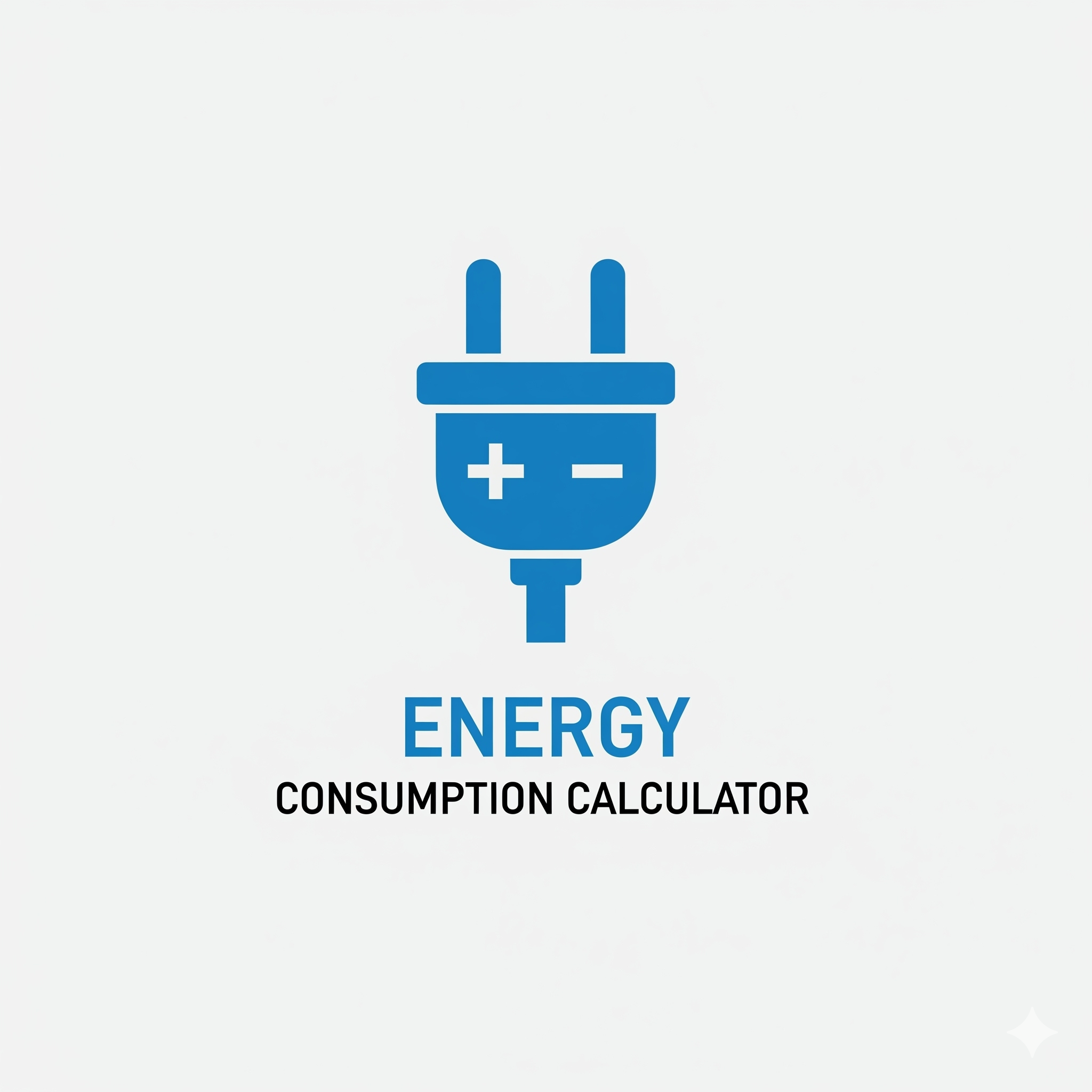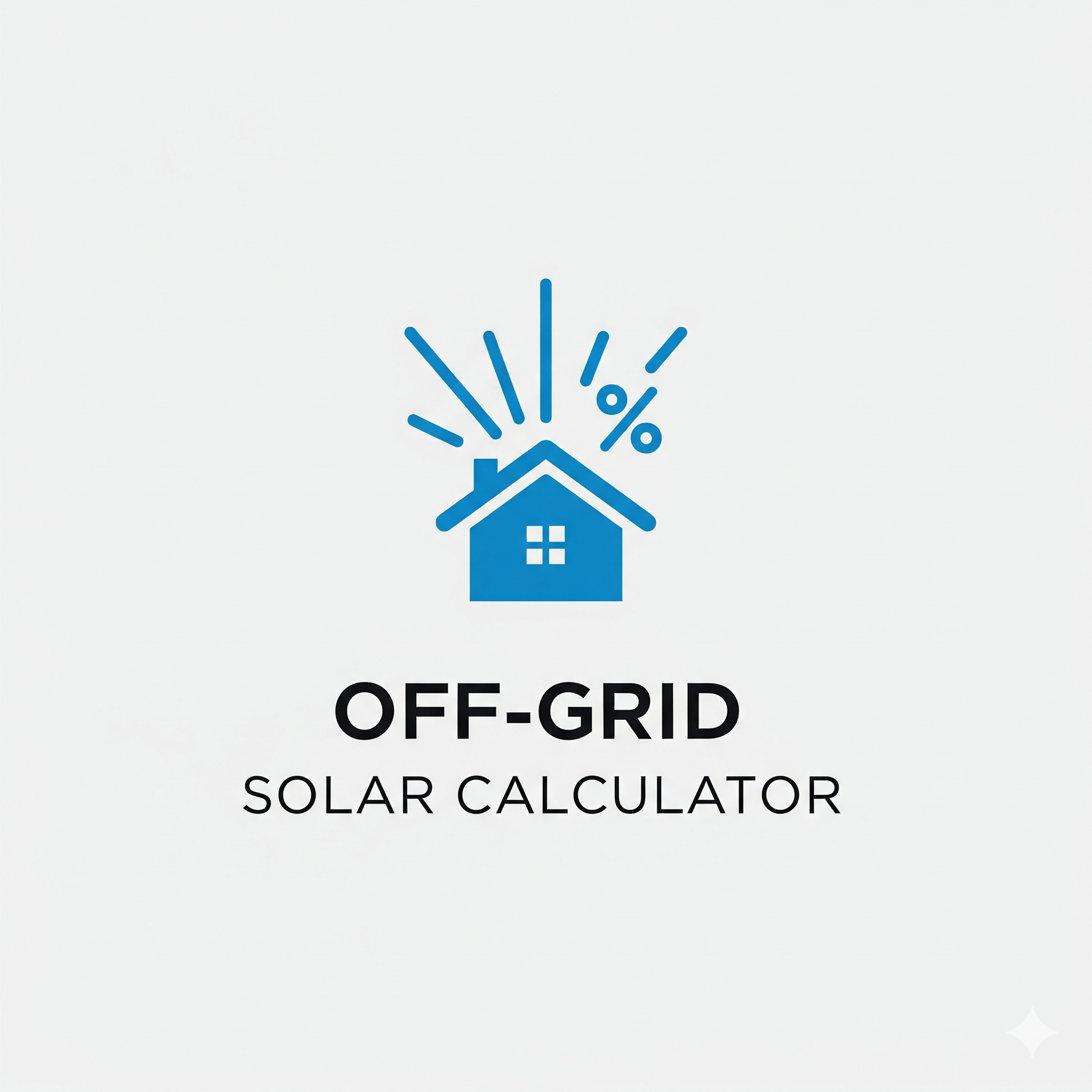Appliance Energy Consumption Calculator
Use our free Energy Consumption Calculator to estimate your daily and monthly electricity usage (in kWh). Find out which appliances use the most power in your tiny home.
Appliance Energy Consumption Calculator
Estimate your daily and monthly electricity usage. Enter the wattage for each appliance you own and how many hours you use it per day.
Your Estimated Energy Usage
How to use this tool: We’ve pre-filled a list of common tiny home appliances with their typical wattage. Adjust the wattage if you know the exact value for your appliance. Then, for each item, enter the approximate number of hours you use it per day (for a refrigerator, estimate its ‘run time’, typically 8 hours). Click “Calculate” to see your total estimated energy consumption.
The Ultimate Energy Consumption Calculator for Your Tiny Home
One of the most empowering aspects of tiny living is the ability to take control of your resources, and none is more critical than your electricity. Whether you’re planning an off-grid solar setup or simply want to be a more conscious consumer, understanding your energy usage is the first, most important step. As a tiny home builder at Neat Tiny Home, I know that an “energy audit” is the foundation of any sustainable design. But you don’t need a fancy consultant to do one. That’s why I created this **Energy Consumption Calculator**. It’s a simple tool designed to demystify your power usage, helping you understand exactly where your energy is going so you can make smarter choices, save money, and design a system that truly meets your needs.
This tool is your personal energy detective. By breaking down your consumption appliance by appliance, it helps you identify the “energy vampires” and the power hogs in your home. The results can be truly eye-opening. You might discover that your small electric water heater uses more power than everything else combined! This knowledge is power. With the clear data from this **Energy Consumption Calculator**, you can plan an accurately sized solar system, make informed decisions when buying new appliances, and ultimately, live a more sustainable and self-sufficient life.
Watts, Watt-Hours, and Kilowatt-Hours: A Simple Guide to Power
The language of electricity can feel intimidating, but it’s actually quite simple. Here are the only terms you really need to know:
- Watts (W): Think of this as the “speed” of electricity consumption. It’s the instantaneous power an appliance needs to run. A 1000-watt microwave is using more power at any given moment than a 10-watt light bulb. –
- Watt-Hours (Wh): This is the total “amount” of energy used over time. It’s calculated by multiplying the appliance’s wattage by the number of hours it runs. (Watts x Hours = Watt-Hours).
- Kilowatt-Hours (kWh): This is just a larger unit of energy. One kilowatt-hour is equal to 1,000 watt-hours. Your utility company bills you based on how many kWh you use each month. Our calculator uses this as the final unit of measurement.
Understanding this simple relationship (Watts x Hours) is the key to understanding your entire electrical life, and it’s the core calculation our tool performs for you.
The Great Divide: Energy Hogs vs. Energy Sippers
Not all appliances are created equal. The biggest shock for most people is discovering the immense difference between appliances that create heat and those that don’t. A general rule of thumb: **anything that heats or cools is an energy hog.**
| Common Energy HOGS (High Wattage) | Common Energy SIPPERS (Low Wattage) |
|---|---|
| Electric Water Heater, Electric Cooktop, Microwave, Toaster Oven, Hair Dryer, Space Heater, Air Conditioner. | LED Lights, Laptop, Phone Charger, TV, Stereo, a highly efficient Refrigerator. |
This is why so many off-grid tiny homes use propane for their cooking, water heating, and sometimes even refrigeration. Propane is a very efficient fuel for creating heat, which saves an enormous amount of electrical capacity for the things electricity does best, like powering lights and electronics. When you use the **Energy Consumption Calculator**, you’ll see this principle in action. Notice how much your total kWh drops if you reduce the usage of heating appliances.
Putting the Data to Work: Sizing Your Off-Grid Solar System
The “Total Daily Usage (kWh)” number from our calculator is the single most important piece of information you need to start planning a solar power system. While a full solar design is complex, you can use this number to get a rough, ballpark estimate of your needs.
- Find Your Daily kWh: Use the calculator to get your total daily energy need. Let’s say it’s 2.5 kWh.
- Account for Inefficiency: Solar systems aren’t 100% efficient. You lose some energy in the wiring, the inverter, and the batteries. A good rule of thumb is to increase your daily need by about 25% to account for this. So, 2.5 kWh * 1.25 = 3.125 kWh.
- Consider Your Local Sunlight: The amount of power your solar panels can generate depends on how many hours of good sunlight your location gets per day. This is called “peak sun hours.” You can find this data for your specific area on renewable energy websites like the National Renewable Energy Laboratory (NREL). Let’s say your area gets 4 peak sun hours per day in the winter (always plan for the worst-case scenario).
- Calculate Your Solar Array Size: Divide your adjusted daily need by your peak sun hours: 3.125 kWh / 4 hours = 0.78 kW. Since solar panels are sold in watts, this is 780 watts. Therefore, you would need a solar array of roughly 800 watts to meet your daily needs.
This is a simplified estimate, but it gives you a realistic starting point for your research and budgeting. For in-depth, expert guidance, I always recommend the resources from companies like Renogy, which specialize in DIY solar solutions.
Living consciously with your energy is one of the most rewarding aspects of tiny living. It connects you to your environment and empowers you to be more self-sufficient. Let this tool be the first step on your journey to understanding and mastering your own power.
After using the calculator, what was the most surprising “energy hog” in your estimated usage? Share your results in the comments!
Frequently Asked Questions (FAQ)
- Where can I find the exact wattage of my appliances?
The wattage is almost always listed on a sticker or a metal plate on the back or bottom of the appliance. Look for the “W” symbol. If it only lists Amps (A) and Volts (V), you can calculate the wattage by multiplying them: Amps x Volts = Watts. - How do I estimate the daily run time for my refrigerator?
A refrigerator’s compressor doesn’t run 24/7. In a well-insulated space, a modern, energy-efficient fridge will typically run for about 1/3 of the day, or 8 hours total. This is a good starting estimate. - What is a “phantom load”?
A phantom load is energy consumed by an appliance even when it’s turned “off.” Things like your TV’s standby light, a microwave clock, or chargers left plugged in are all phantom loads. While individually small, they can add up. The best way to combat this is to plug these items into a power strip that you can switch off completely when not in use. - My monthly kWh from the calculator is different from my utility bill. Why?
This tool provides an *estimate*. Your actual usage can vary based on the season (more heating or AC), how many people are in the house, and your daily habits. However, if the numbers are wildly different, it can be a great indicator to re-evaluate your usage estimates or look for an unexpected energy hog in your home.




Post Comment